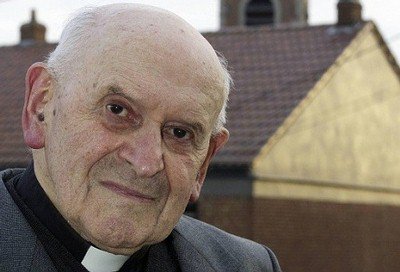Man in prayer in the history of civilization
‘Eliade affirms that Man, having become aware of the infinite heavens and stars above him, raises himself to gaze upwards, towards the celestial immensity, the obvious sign of a Presence that is diffe-rent, mysterious and much greater. The specific upright posture of Man is, and not only in a symbolic sense, inspired by the meeting of Man and an Other. The relationship between mankind and that which is divine, the “mysterious presence”, has influenced even our bearing and behaviour. The physical position of the “Man in prayer” -although every civilisation obviously possesses its own specific characteristics and, above all, rituals – shows certain similarities which reveal the universal quality of particular gestures, such that the very figure of the “Man in prayer” becomes an acknowledged symbol. Starting from this basic assumption the exhibi-tion presents the image of the “Man in prayer” as interpreted by a number of different civilizations, using a remarkable and highly effective collection of giant-sized colour slides, a number of authentic exhibits from Gandara, China and South Arabia, and reproductions of neolithic artefacts from the Valley of Camonica. Probably the most interesting amongst the authentic exhibits are those originating from Gandara, a region which was located between present-day Pakistan and Afghanistan, kindly loaned by the National Museum of Oriental Art in Rome. These exhibits bear unusual witness of the influence of Greek and Roman culture on Bud-dhist art-forms. Further exhibits include a Chinese bas-relief illustrating Buddha surrounded by praying figures, and four exceptio-nal southern Arabian votive statuettes, belonging to a hitherto unknown civilization, the historical collocation of which is still mat-ter of great debate; such artefacts are extremely rare. The illustrated section of the exhibition devotes ample space to the different postures which men of various civilizations have assumed in their supplications towards the deity. For example, the famous figures from the Valley of Camonica, arms raised high in prayer; or the images from the Early Christian and Byzantine traditions, including the saints Theodor and Callisto, the latter with his arms upraised; and other famous praying figures, amongst which an Egyptian image from the Museum of Cairo, and an Assyrian image from the Louvre. Also particularly worthy of note are the famous representations of the Ascetics from Kashmir, and the images of the two bronze figures in upright position from Luristan, in Iran.’











